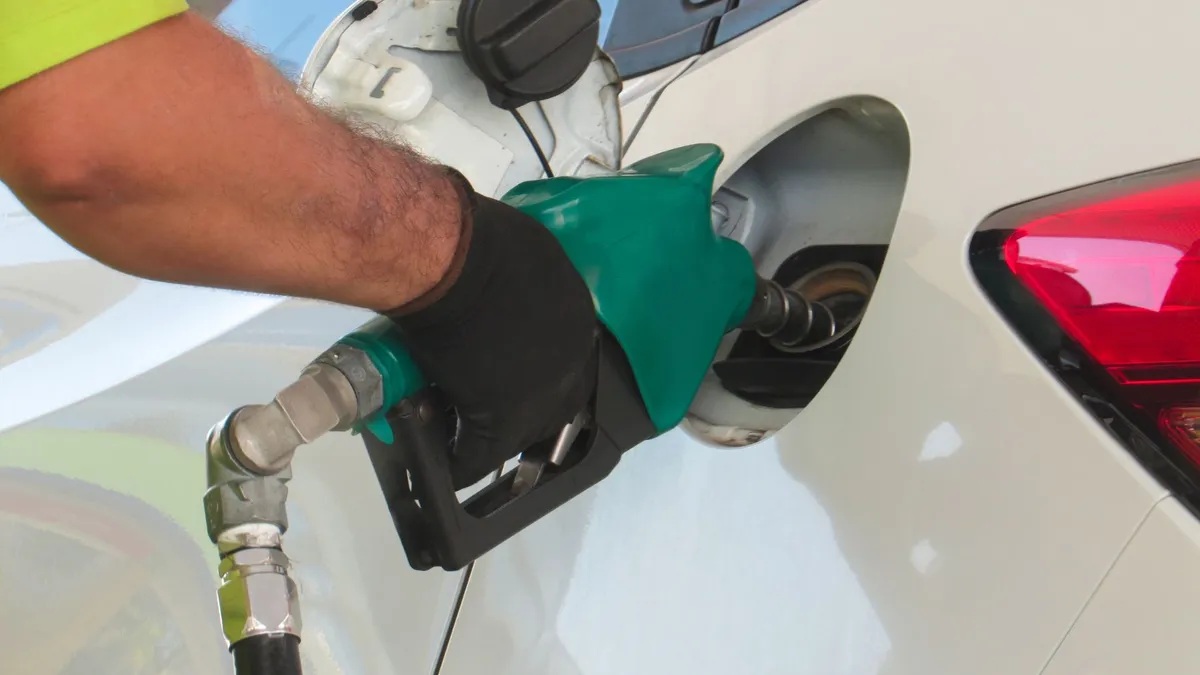How to Compare Similar Listings in Online Car Auctions

When browsing online car auctions, it’s common to see multiple vehicles of the same make and model. At first glance, they may look nearly identical, but closer inspection often reveals significant differences in price, condition, title status, and long-term costs. Knowing how to compare listings effectively helps us avoid overpaying and ensures that the car we choose truly matches our needs. By developing a structured method for side-by-side evaluation, we can make smarter bids and maximize value.
1) Why Comparison Matters in Vehicle Auctions
Auctions move quickly, and buyers who focus on a single listing risk missing better opportunities. Comparing similar cars:
● Helps us identify overpriced vehicles
● Provides benchmarks for realistic bidding limits
● Reveals which listings offer the best balance of condition and cost
● Reduces the temptation to overspend during emotional bidding
For example, if three sedans of the same year are listed, one may carry a clean title, another a salvage title, and the third a flood title. Without comparison, we might assume all three are equal. In reality, the clean-title car could justify a higher bid, while the flood car may require steep discounts. A comparison mindset prevents us from treating every listing at face value.
Comparison also highlights market patterns. If we notice that several similar vehicles consistently sell around the same price, that figure becomes our benchmark. Outliers above that level may not represent value, while those below could be true opportunities. By identifying these pricing trends across multiple listings, we gain confidence in our bidding limits and avoid being misled by isolated cases.
2) Condition Reports and Photos
Condition reports and photos are the foundation of comparison. We should examine:
● Mileage and wear indicators, such as seats and pedals
● Damage location (front, side, rear, hail)
● Whether airbags have deployed
● Notations like “run and drive” or “starts”
● Secondary damage listed in the report
Comparing photos side by side reveals subtle differences that one listing alone may not show. For instance, two SUVs with “rear damage” could vary widely — one with only a dented bumper, another with compromised frame rails. Likewise, odometer readings must be weighed against visible interior wear. A car with low mileage but worn seats may indicate tampering or hard use. These details give us leverage to prioritize the better-maintained vehicle, even if the starting price is slightly higher.
We should also zoom into high-resolution photos, looking carefully at reflections, gaps, and paint texture to catch flaws that sellers might overlook.
3) Title Status and Its Impact
Titles strongly affect resale value and usability. Clean titles generally offer smoother registration and insurance, while salvage or rebuilt titles lower resale potential. Flood or junk titles carry additional risks.
When comparing listings, we should assign value adjustments based on title type. A clean-title car may justify bidding closer to retail, while a salvage-title car should come with a steep discount to account for inspection and repair hurdles. By ranking cars not just by damage but also by paperwork, we avoid overpaying for vehicles that will face long-term limitations. Title comparison often makes the difference between a good purchase and a poor investment.
Another point is resale potential. Buyers in the future may be hesitant about a rebuilt or salvage car, even if it runs perfectly. When we compare listings, we must think ahead about how each title type will affect resale value and marketability.
4) Factoring in Total Costs
Beyond the bid price, total ownership costs determine which listing is truly better. We must include:
● Auction fees and taxes
● Transport from the auction yard
● Repair estimates
● Time required to source parts or complete repairs
Sometimes the cheaper car on paper is the more expensive one in reality. For example, a sedan with front-end damage may look like a bargain, but if it requires radiator, condenser, and airbag replacement, its repair costs could exceed those of a higher-priced car with minor side damage.
Similarly, location matters — a slightly more expensive vehicle closer to us may save hundreds in transport costs. Factoring in every element of ownership cost ensures we compare listings on a fair and realistic basis.
5) Building a Side-by-Side Comparison System
To stay organized, we can build a simple table or spreadsheet. Columns may include:
● Make, model, and year
● Title type
● Odometer reading
● Primary and secondary damage
● Noted running condition
● Estimated repair cost
● Transport distance and cost
● Maximum bid we are willing to place
This system turns comparison into a structured process rather than a cursory glance. It also prevents us from relying on memory when juggling multiple cars. As auctions move fast, having numbers written down helps us stay disciplined. Over time, our tables also become a record of past decisions. We can look back and see whether our estimates matched reality, improving accuracy for future comparisons.
We can even assign scores to each category — such as condition, title, and cost — to rank cars objectively. This scoring system helps when choosing between several similar options.
6) Staying Realistic During Bidding
Even with comparisons, it’s easy to be drawn into bidding wars. Discipline ensures that we follow our system instead of chasing a car out of emotion. If one listing climbs above our maximum, we should shift to another option instead of raising limits impulsively.
One of the biggest advantages of comparing similar listings is psychological. When we know there are multiple cars available, we feel less pressure to win a specific one. This mindset helps us walk away when prices rise too high. Auctions run daily, and another suitable car will appear soon. Knowing we have alternatives makes it easier to stick to limits and buy on our terms.
Final Thoughts
Comparing similar listings in an online car auction prevents costly mistakes and sharpens our strategy. By reviewing condition reports, title status, and total ownership costs side by side, we can identify the strongest opportunities and avoid overpaying. A structured approach turns chaotic listings into manageable choices. When we compare effectively and bid with discipline, vehicle auctions become less risky and far more rewarding.





